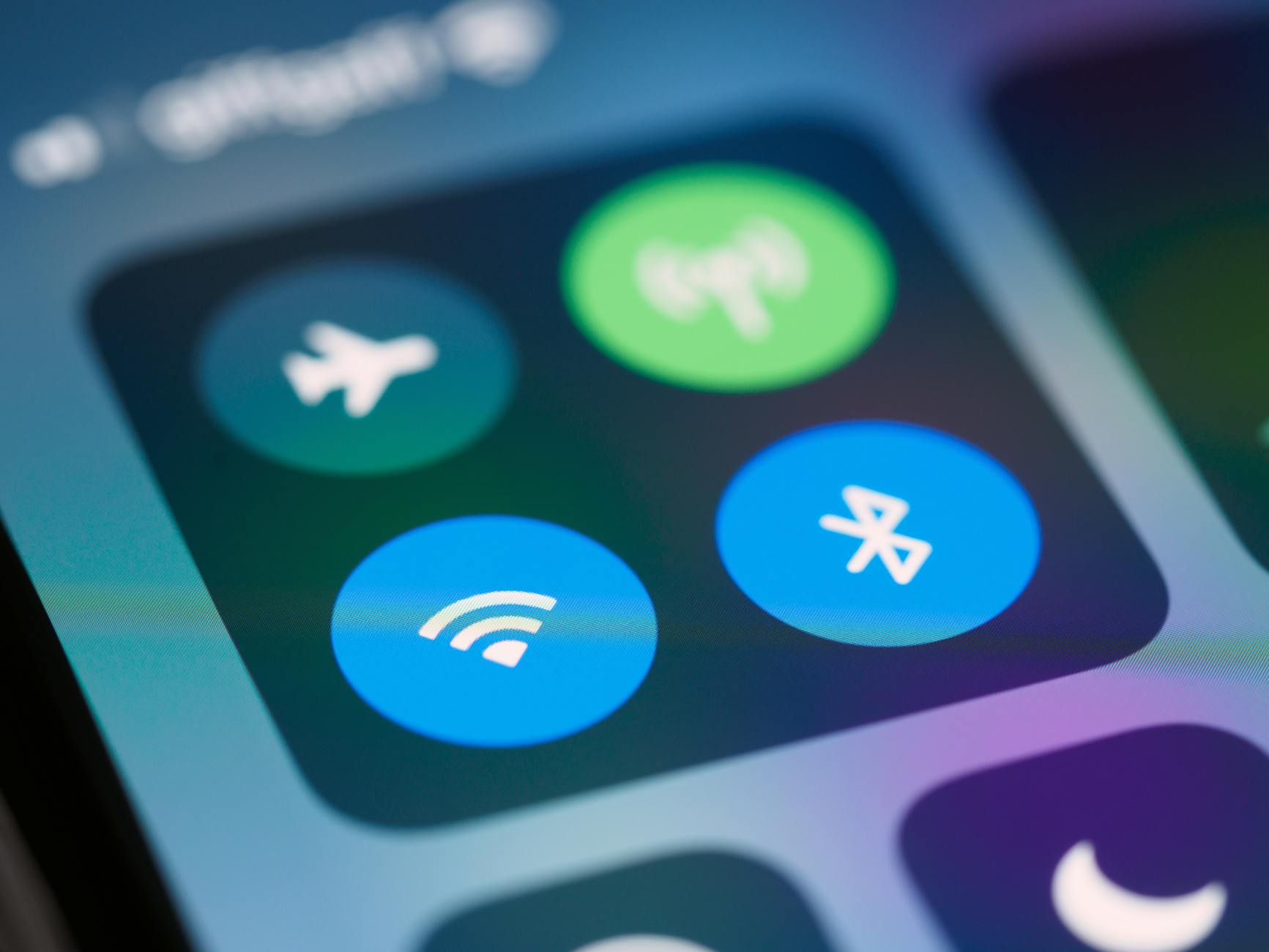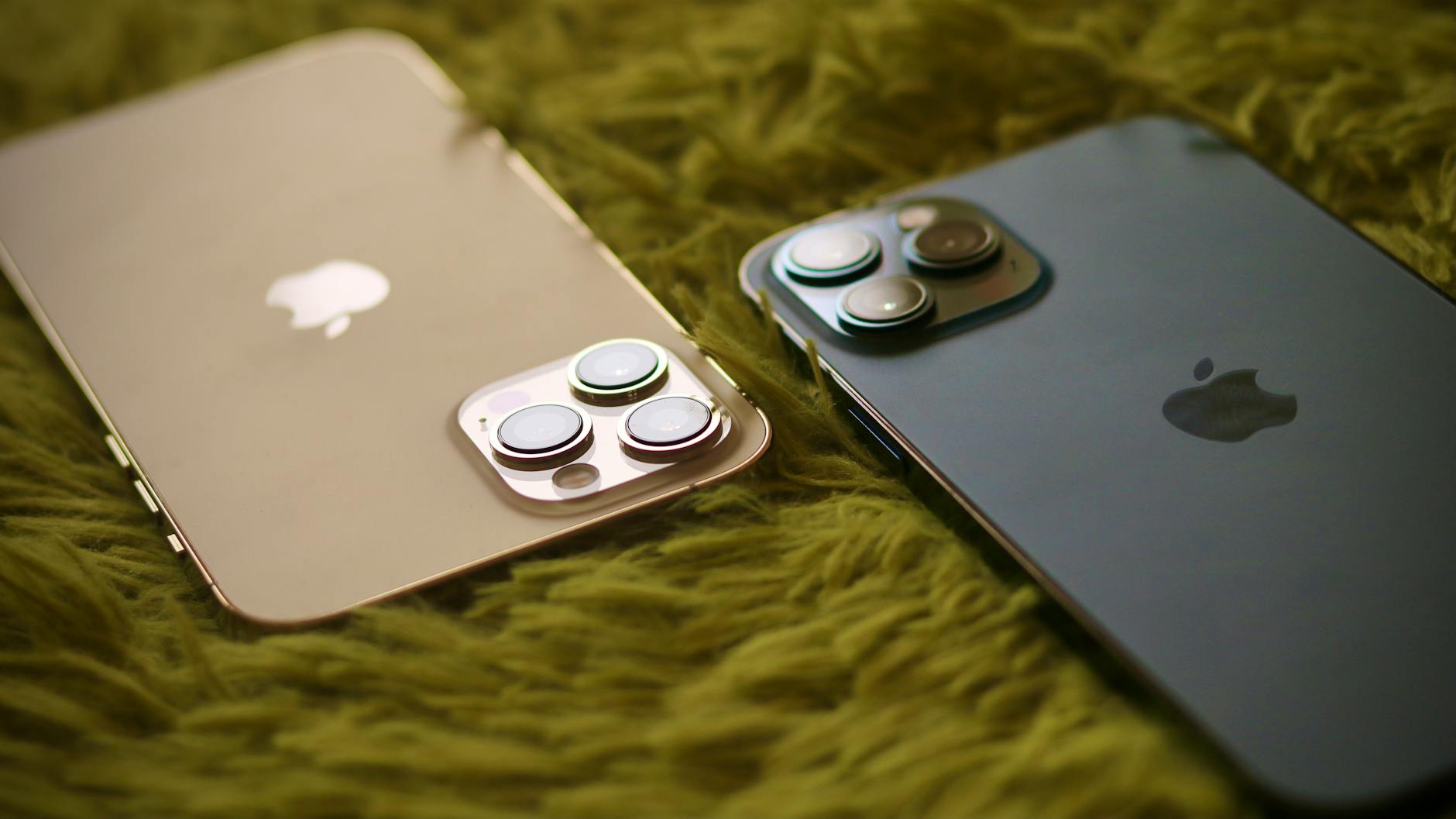Bluetooth is one of the most useful wireless technologies today. It connects devices like smartphones, headphones, and computers without the need for cables. Almost every modern gadget now supports Bluetooth, making it a part of daily life.
This article explains what Bluetooth is, how it works, its types, uses, advantages, and what to know about Bluetooth versions like 5.3 and 5.4 before buying a new device.
- What Is Bluetooth Technology?
- The History of Bluetooth
- How Does Bluetooth Work?
- Bluetooth Versions and Their Evolution
- Difference Between Bluetooth 5.3 and 5.4
- Types of Bluetooth Connections
- Common Uses of Bluetooth
- Advantages of Bluetooth
- Limitations of Bluetooth
- Bluetooth and the Internet of Things (IoT)
- The Future of Bluetooth
- Tips Before Buying a Bluetooth Device
- Conclusion
What Is Bluetooth Technology?
Bluetooth is a wireless communication technology that allows devices to exchange data over short distances. It works using radio waves in the 2.4 GHz frequency range.
It can connect devices such as phones, laptops, speakers, smartwatches, and even home appliances. Bluetooth removes the need for wires, making communication easier and cleaner.
The History of Bluetooth
Bluetooth was developed in 1994 by engineers at Ericsson, a Swedish company. Their goal was to create a simple way for devices to connect without cables.
The name “Bluetooth” comes from King Harald “Bluetooth” Gormsson, a Viking king who united Denmark and Norway. The name symbolizes how Bluetooth unites different devices wirelessly.
In 1998, major companies like Intel, Nokia, IBM, Toshiba, and Ericsson formed the Bluetooth Special Interest Group (SIG) to promote and improve the technology. Since then, many new versions have been released to make it faster, safer, and more power-efficient.
How Does Bluetooth Work?
Bluetooth connects devices through a process called pairing.
- Device Discovery: When Bluetooth is turned on, it searches for nearby devices.
- Pairing: You choose a device to connect with. A code or confirmation ensures security.
- Connection: Once paired, the devices communicate through short-range radio waves.
- Data Exchange: Files, audio, or commands are shared between devices safely.
Bluetooth uses a technique called frequency hopping. It keeps changing the signal frequency many times per second. This reduces interference from other wireless signals and keeps the connection stable.
Bluetooth Versions and Their Evolution
Bluetooth has improved a lot since its first version. Every new version adds better range, speed, and energy efficiency.
| Version | Year | Key Features |
| 1.0 – 1.2 | 1999–2003 | Basic wireless connection, low speed |
| 2.0 + EDR | 2004 | Faster data transfer |
| 3.0 + HS | 2009 | Higher speed using Wi-Fi |
| 4.0 | 2010 | Added Bluetooth Low Energy (BLE) |
| 4.1 – 4.2 | 2013–2014 | Better privacy and connection |
| 5.0 | 2016 | Improved range and speed |
| 5.1 – 5.2 | 2019–2020 | Location tracking and better audio |
| 5.3 | 2021 | More stable connections and less interference |
| 5.4 | 2023 | Improved security, better support for IoT devices |
Difference Between Bluetooth 5.3 and 5.4
If you are buying a headphone, smartphone, or smartwatch, you might see Bluetooth 5.3 or 5.4 mentioned in the specifications. Here’s what it means for you:
Bluetooth 5.3
- Offers better energy efficiency. Your device uses less battery power during connection.
- Provides more stable connections, even in areas with many wireless signals.
- Supports faster switching between active and low-power modes.
- Works well for most wireless audio devices and accessories.
Bluetooth 5.4
- Adds stronger security features to protect your data and privacy.
- Designed for Internet of Things (IoT) devices, such as smart home sensors and trackers.
- Supports better broadcast control, meaning multiple devices can receive updates or messages at once.
- Offers improved performance in crowded environments like airports or shopping malls.
For most users:
If you are buying a Bluetooth headset, speaker, or smartphone, the difference between 5.3 and 5.4 is small. Both versions are efficient, stable, and secure. Bluetooth 5.4 mainly benefits smart devices and industrial applications.
In short:
- Choose Bluetooth 5.3 or higher for the best audio and battery experience.
- Bluetooth 5.4 is great for advanced IoT and future-proof gadgets.
Types of Bluetooth Connections
Bluetooth mainly comes in two forms:
- Classic Bluetooth (BR/EDR)
- Used for continuous data transmission like music streaming.
- Found in wireless headphones, speakers, and car audio systems.
- Used for continuous data transmission like music streaming.
- Bluetooth Low Energy (BLE)
- Designed for devices that send small amounts of data occasionally.
- Common in fitness trackers, smartwatches, and smart home products.
- Uses much less power than classic Bluetooth.
- Designed for devices that send small amounts of data occasionally.
Common Uses of Bluetooth
Bluetooth has become a part of daily life. Some of its most popular uses include:
1. Wireless Audio
Bluetooth connects headphones, earbuds, and speakers to phones or computers for wireless music and calls.
2. Hands-Free Communication
Car infotainment systems use Bluetooth for voice calls and navigation without touching your phone.
3. File Transfer
Bluetooth allows simple file sharing between phones or computers without an internet connection.
4. Smart Home Devices
Smart locks, light bulbs, and thermostats use Bluetooth for quick setup and control.
5. Health and Fitness
Smartwatches and fitness trackers use Bluetooth to send step counts, heart rate, and sleep data to apps.
6. Gaming and Entertainment
Game controllers, VR headsets, and even TVs use Bluetooth for a seamless wireless experience.
7. Automotive Use
Bluetooth enables music streaming, call management, and voice commands in cars.
8. Location and Tracking
Bluetooth beacons and trackers help locate lost items like keys or bags.
Advantages of Bluetooth
Bluetooth technology has many benefits:
- Wireless Convenience: No tangled cables.
- Energy Efficient: Uses very little power, especially BLE.
- Easy Pairing: Devices connect quickly.
- Secure: Data is encrypted.
- Affordable: Inexpensive to include in devices.
- Universal: Works across most brands and platforms.
- Automatic Reconnection: Once paired, devices reconnect automatically when nearby.
Limitations of Bluetooth
Despite its popularity, Bluetooth has a few limits:
- Short Range: Usually up to 10–30 meters.
- Slower Speed: Not ideal for large file transfers.
- Possible Interference: Other 2.4 GHz devices like Wi-Fi routers may cause signal drops.
- Battery Usage: Keeping Bluetooth on constantly can slightly reduce battery life.
Newer versions, such as 5.3 and 5.4, continue to reduce these issues.
Bluetooth and the Internet of Things (IoT)
Bluetooth Low Energy (BLE) has become essential for IoT. It allows small, battery-powered devices to communicate with each other efficiently.
Examples include:
- Smart home systems connecting lights, locks, and sensors.
- Health monitors sharing patient data securely.
- Location-based services using Bluetooth beacons.
As more smart devices appear, Bluetooth plays a key role in creating connected environments at home and in industries.
The Future of Bluetooth
Bluetooth continues to improve every year. The focus now is on better speed, range, and sound quality.
Future Trends:
- Audio Sharing: Multiple headphones connecting to one phone.
- Improved Location Tracking: Used in warehouses, airports, and hospitals.
- Mesh Networking: Connecting hundreds of devices across large buildings.
- AI and 5G Integration: Smarter communication for next-generation devices.
Bluetooth is also becoming more sustainable, helping reduce energy use in connected systems.
Tips Before Buying a Bluetooth Device
- Check Version: Prefer Bluetooth 5.3 or newer for the best performance.
- Look for Codec Support: For audio, check if it supports AAC, aptX, or LDAC for better sound quality.
- Battery Life: Lower power Bluetooth (BLE) helps extend battery usage.
- Compatibility: Ensure your phone or device supports the same Bluetooth version or higher.
Conclusion
Bluetooth has changed how people connect devices. It offers a simple, secure, and affordable way to share data and sound wirelessly.
From audio streaming to smart homes, Bluetooth continues to shape modern technology. With newer versions like 5.3 and 5.4, it has become faster, safer, and more reliable than ever.
When choosing a Bluetooth-enabled gadget, always check the version and features. This ensures better sound quality, stronger connections, and longer battery life.
Disclaimer
This article is for general educational purposes only. The information provided is based on current Bluetooth standards. Users should check official specifications or product manuals before making a purchase.



